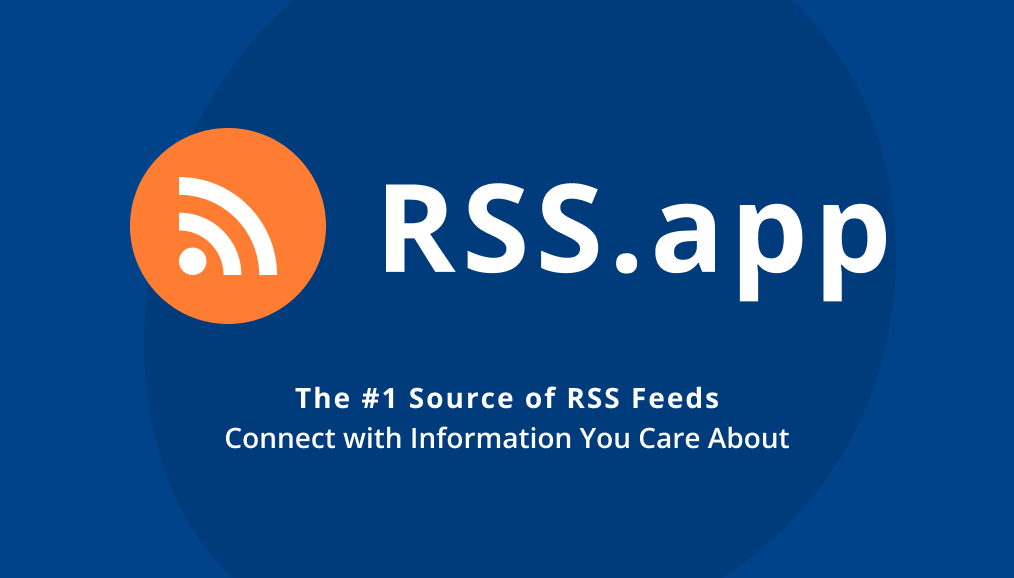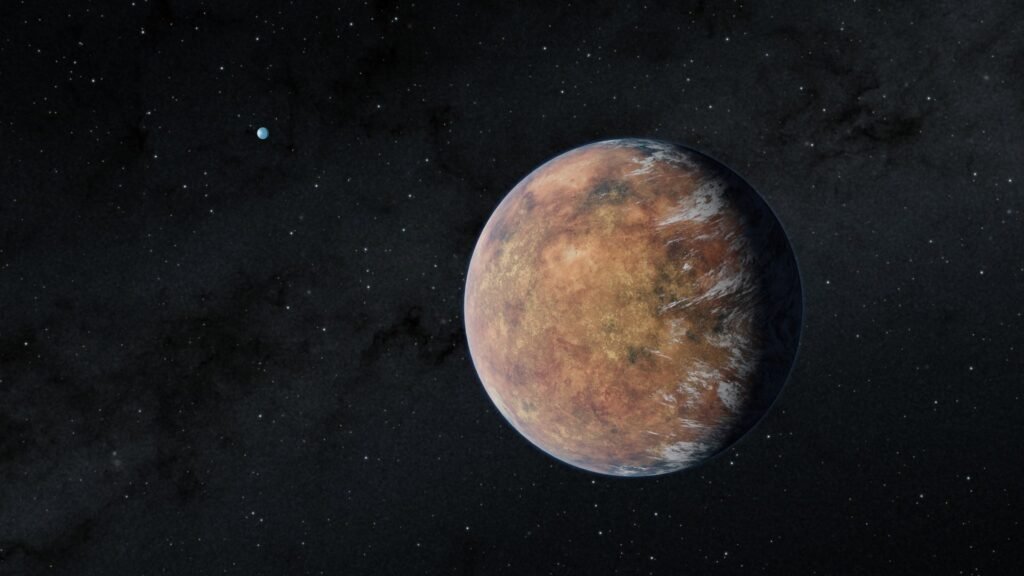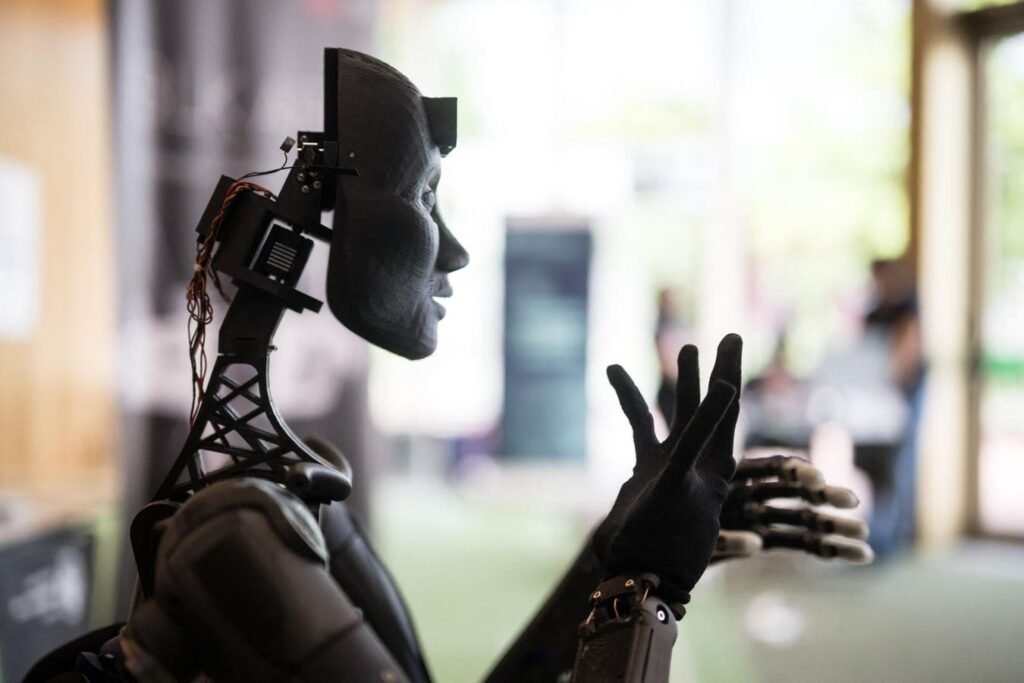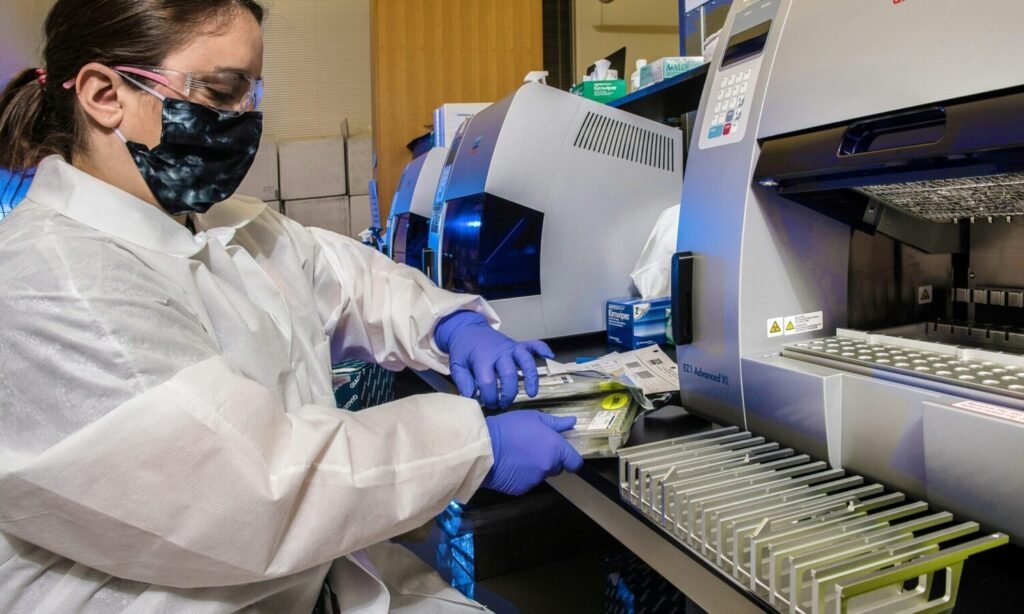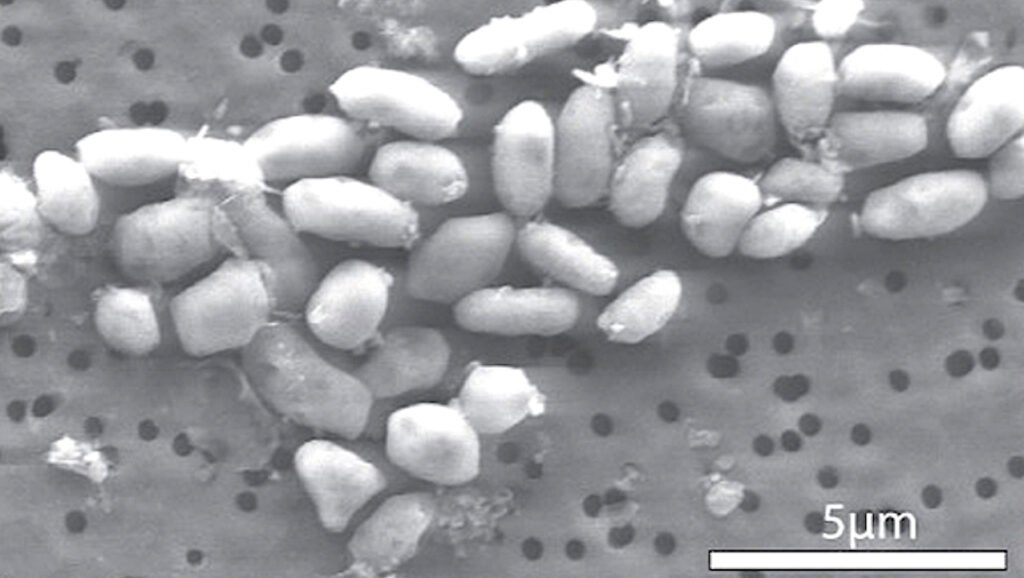
TOPSHOT – A robot using artificial intelligence is displayed at a stand during the International … More Telecommunication Union (ITU) AI for Good Global Summit in Geneva, on May 30, 2024. Humanity is in a race against time to harness the colossal emerging power of artificial intelligence for the good of all, while averting dire risks, a top UN official said. (Photo by Fabrice COFFRINI / AFP) (Photo by FABRICE COFFRINI/AFP via Getty Images)
While venture capitalists pour billions into the latest AI startups—with global VC investment in AI surging to an unprecedented $110 billion in 2024—the most transformative breakthroughs may be happening in an unexpected place: a sun-soaked conference center on Croatia’s Dalmatian coast. As Silicon Valley chases the next ChatGPT and investors scramble to fund everything from AI-powered dating apps to automated hedge funds, a small but influential gathering of neuroscientists and AI researchers is quietly working on something far more fundamental—understanding how intelligence actually works.
The venture capital frenzy surrounding artificial intelligence has created a curious paradox. While hundreds of startups receive funding to build applications on top of existing AI models, relatively little attention—and even less money—flows toward the basic research that could unlock the next generation of truly intelligent systems. The current AI boom, built largely on scaled-up neural networks and massive datasets, may be reaching its limits just as investors double down on incremental improvements.
But in Split, Croatia, a different conversation is taking place—one that could reshape not just how we build AI, but how we understand the very nature of intelligence itself. The world’s brightest minds gathered in Split, Croatia, for what one attendee called “neurIPS crossed with Burning Man.” This wasn’t your typical academic conference. For four days in May 2025, the sixth International Conference on Mathematics of Neuroscience and AI brought together an extraordinary collection of researchers, entrepreneurs, and visionaries who are wrestling with some of the most profound questions of our time: How do we think? How do machines learn? And what happens when the two converge?
The conference’s origins trace back to a simple yet ambitious idea six years ago during the pandemic. Dr Ruairidh McLennan Battleday, a postdoctoral research fellow at Harvard’s Center for Brain Science and MIT’s Center for Brains, Minds, and Machines, was frustrated by what he saw as a fundamental gap in neuroscience. “There aren’t any truly general theories about how human brains learn and function,” he explains. “In a lot of other sciences—including biochemistry—the pathway to discovering these unifying theories has been about bringing in more sophisticated mathematics.”
What began as a gathering of Battleday, his colleagues Professor Dan Nicolau Jr, Dr James Whittington, and a dozen friends has evolved into a premier international forum featuring what organizers boldly call “the best line-up of the decade for a neuroscience and AI conference.” This year’s roster included Professor Juergen Schmidhuber, widely regarded as the “father of modern AI,” and Professor Jay McClelland, one of the pioneers of artificial neural networks.
The Mathematics of Mind
The conference’s focus on mathematical rigor reflects a growing recognition that neuroscience, despite being only a century old, needs more sophisticated theoretical frameworks. Unlike physics, which has unified theories like relativity and quantum mechanics, neuroscience remains largely descriptive. “We’re still trying to figure out the basic rules,” Battleday notes. “But if we learn more about human brains, we understand ourselves better, gain clues as to how to treat neurological disease, and can build much better machines and AI.”
This interdisciplinary approach was evident throughout the conference’s programming. Seven internationally renowned keynote speakers delivered presentations that ranged from theoretical neuroscience to practical AI applications. Thirty additional talks and two hundred posters covered everything from biocomputation to cognitive science, creating what attendees described as an unusually rich intellectual environment.
Professor Juergen Schmidhuber‘s keynote to a packed auditorium exemplified this blend of theory and application. Although Juergen himself developed many of the algorithmic components of modern AI in the early 1990s, he argued that we are still lacking the physical means to allow these systems to learn from and develop in the real world effectively.
Two of the forefathers of artificial neural networks together—Professors Jay McClelland, Professor … More of Psychology at Stanford, and Juergen Schmidhuber, AI lead at KAUST and head of the Swiss AI Institute. Watched intently by conference chairs Dr Ruairidh McLennan Battleday (Harvard / MIT) and Dr James Whittington (Stanford / Oxford)
The Human Edge
Perhaps the most thought-provoking presentation came from Professor Jay McClelland of Stanford and DeepMind, who posed the question: “Are People Still Smarter than Machines?” His answer was a qualified yes. While acknowledging AI’s tremendous progress, McClelland argued that the human brain deploys “a more efficient and creative algorithm that follows a different—and better—logic.”
This perspective challenges the prevailing narrative that AI systems are rapidly approaching or surpassing human intelligence across all domains. McClelland’s argument suggests that the competition between human and artificial intelligence may be less about raw computational power and more about fundamental differences in how information is processed and creativity emerges.
The implications extend far beyond academic debate. If McClelland is correct, the future of AI development may require not just bigger models and more data, but fundamentally different approaches that more closely mirror human cognition. This could reshape everything from how tech companies invest research dollars to how educators prepare students for an AI-integrated future.
Beyond the Ivory Tower
One of the most striking aspects of the Split conference was its blend of academic rigor and practical urgency. Erwann Le Lannou from XTX Markets, the conference’s main sponsor, joined Battleday in reflecting on the growing focus of research in startups and industry. This shift represents a significant change in how neuroscience and AI research is conducted and funded.
The presence of industry leaders alongside academic researchers created a unique dynamic. While universities traditionally drive basic research, companies are increasingly pushing the boundaries of practical applications. This convergence was evident in the conference’s atmosphere, which one attendee described as having “exceptional talent yet a relaxed vibe, allowing people to speak freely with each other and the great minds we attract.”
The informal interactions may have been just as valuable as the formal presentations. Conference organizers emphasized that “offline discussions are a key part of the conference—that’s where the really radical insights are proposed and debated.” In the ancient Roman squares of Split’s old town, over dinners and walks along the Adriatic coast, participants engaged in the kind of freewheeling intellectual exchange that has historically driven scientific breakthroughs.
A toast to the team. Very hard work from a group where everyone is a volunteer (with no former … More experience in event planning), as well as an academic researcher.
A toast to the team. Very hard work from a group where everyone is a volunteer (with no former experience in event planning), as well as an academic researcher.
The Stakes of Understanding
The conference’s timing couldn’t be more relevant. As Battleday observes, “Right now, with AI, it feels like we are on the verge of something great or disastrous.” The rapid advancement of AI systems, from language models to autonomous vehicles, has created both unprecedented opportunities and existential concerns about the future of human society.
The interdisciplinary approach championed by the Split conference offers a potential path forward. By bringing together neuroscientists, AI researchers, mathematicians, and industry practitioners, the event creates space for the kind of cross-pollination that could yield breakthrough insights. Understanding how human intelligence works may be crucial for developing AI systems that are not just powerful, but safe and beneficial.
Dr Ida Momennejad from Microsoft Research captured this spirit when she noted, “I think I finally get neuromonster!” – referring to the conference’s playful nickname for itself. The comment, made during the conference’s Arts Salon where speakers gave poetic renditions of their work, reflects the unique culture that has emerged around this gathering.
Looking Forward
As the conference concluded with participants toasting their collective efforts and planning for next year’s gathering in Rhodes, Greece, the questions raised in Split remain as pressing as ever. The volunteer-run nature of the event – organized entirely by active researchers with no formal event-planning experience – speaks to the genuine passion driving this community.
The conference’s growth from a small gathering of friends to a major international forum reflects the increasing recognition that the boundaries between neuroscience and AI are not just blurring but becoming irrelevant. As artificial systems become more sophisticated and our understanding of biological intelligence deepens, the questions that matter most are not whether humans or machines are smarter, but how we can harness both forms of intelligence to address the challenges ahead.
The conversations that began in Split’s Roman squares and continued in the Marjan Hills will likely influence research directions, funding priorities, and technological development for years to come. In a world where the pace of AI advancement shows no signs of slowing, forums like this one may prove essential for ensuring that progress serves humanity’s best interests.
For now, the researchers who gathered in Croatia are returning to their labs and companies, armed with new insights and connections forged over four days of intense intellectual exchange. The real test of the conference’s impact will come not in the papers published or the presentations given, but in the breakthroughs that emerge from the unique intersection of human curiosity and artificial capability that defines our current moment in history.

